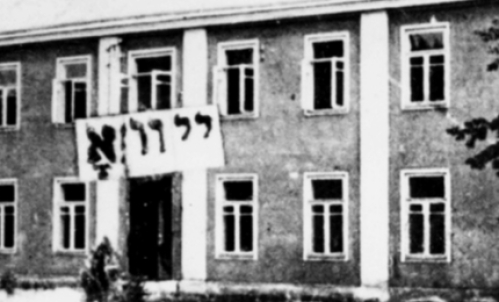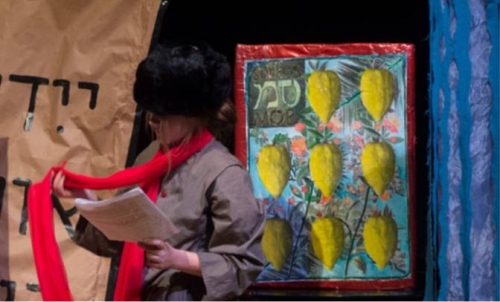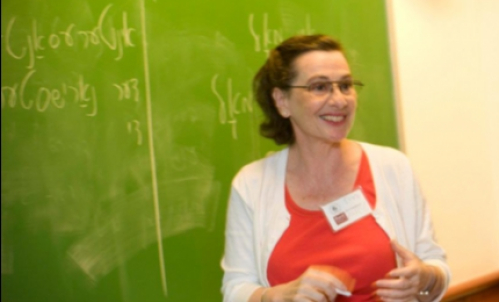Conquering the Space: Symbolic Topography of the Former Warsaw Ghetto
Tuition: $360 | YIVO members: $270**
Registration is closed. Sign up for YIVO's email list to receive announcements of upcoming classes.
This is a live, online course held on Zoom. Enrollment will be capped at about 25 students. All course details (Zoom link, syllabus, handouts, recordings of class sessions, etc.) will be posted to Canvas. Students will be granted access to the class on Canvas after registering for the class here on the YIVO website. This class will be conducted in English, and any readings will be in English.
Instructor: Elżbieta Janicka
Burnt down and razed to the ground by the German Nazis, never systematically exhumed, the former Warsaw Ghetto site is at once a symbol and a physical reality. It symbolizes and embodies Jewish presence, identity, history, Jewish life, and death. It symbolizes and embodies the ultimate consequences of antisemitism. Its central location—in the center of Warsaw that is the center of Poland—symbolizes and embodies the central position of the Holocaust in the country’s social fabric.
How do Poles who exert control over this space treat this symbol and physical reality? What were the stages of its symbolic rendering? How does the former Warsaw Ghetto site look today and what does its present shape mean? Since—as any cultural landscape—it can be understood as a cultural text, what narrative patterns emerge from its urban design, memorials, commemorative plaques, murals, names of buildings, streets, and squares? Whose perspective do they convey?
While drawing on this rich iconography we will:
— outline the prewar, wartime, and postwar history of the site
— examine four basic narrative patterns imprinted in the former Warsaw Ghetto ground
— ask the question about the reasons of their persistence and intensifying repetitiveness between the revelation in 2000 of Polish participation in the Holocaust and the 2015 authoritarian turn in Polish politics
Our investigation of the former Warsaw Ghetto space will be informed by the observation that the space is at once a product and a means of production of power relations. We will try to figure out whether the discussed phenomena belong to the realm of memory or are a continuation of the past: namely of antisemitic domination, exclusion, and violence. Our question will be whether the observed spatial transformation of the Warsaw Ghetto site represents a broader process that led to the collapse of liberal democracy in this center of Europe.
Course Materials:
The instructor will provide all course materials digitally throughout the class on Canvas.

Elżbieta Janicka is a historian of literature, cultural anthropologist, and visual artist. She received her M.A. at the Université Paris VII Denis Diderot and her Ph.D. and postdoctoral degree at Warsaw University. Janicka is the author of Sztuka czy Naród? [Art or the Nation?] (Kraków: Universitas, 2006) and Festung Warschau [Forteress Warsaw] (Warszawa: Krytyka Polityczna, 2011). She co-authored Philo-Semitic Violence. Poland’s Jewish Past in New Polish Narratives (Lanham, MD: Rowman & Littlefield, 2021; with Tomasz Żukowski) and This Was Not America: A Wrangle Through Jewish-Polish-American History (Boston: Academic Studies Press, 2022; with Michael Steinlauf). Her individual exhibitions are: Ja, fotografia (1998); Miejsce nieparzyste [The Odd Place] (2006); Inne Miasto [Other City] (2013, with Wojciech Wilczyk). Her research pertains to the identity and community building function of Polish antisemitism as well as the place and role of the Polish majority in the structure of the Holocaust. She works at the Institute of Slavic Studies of the Polish Academy of Sciences.
**Become a member today, starting at $54 for one year, and pay the member price for classes! You’ll save on tuition for this course and more on future classes and public programs tickets.





